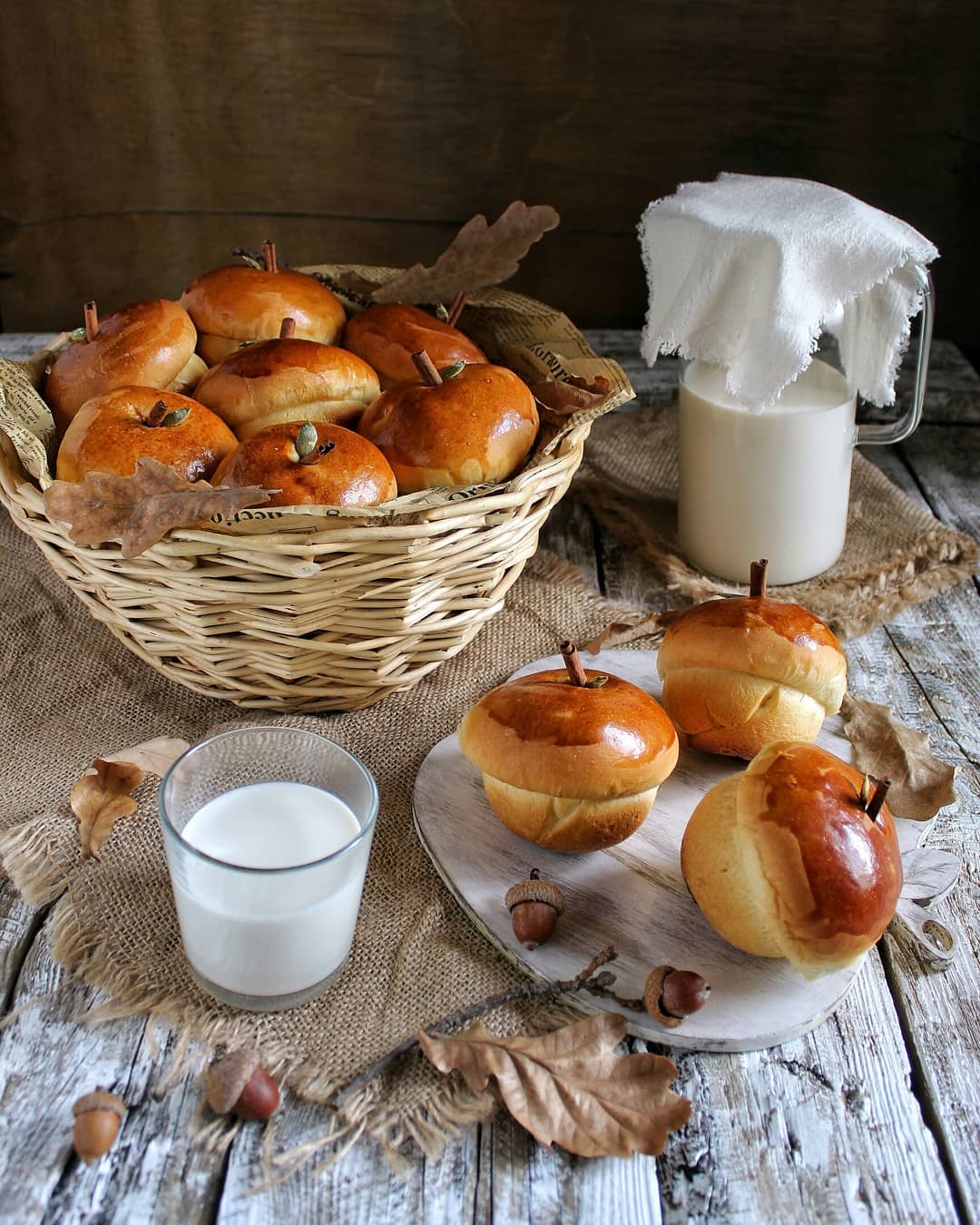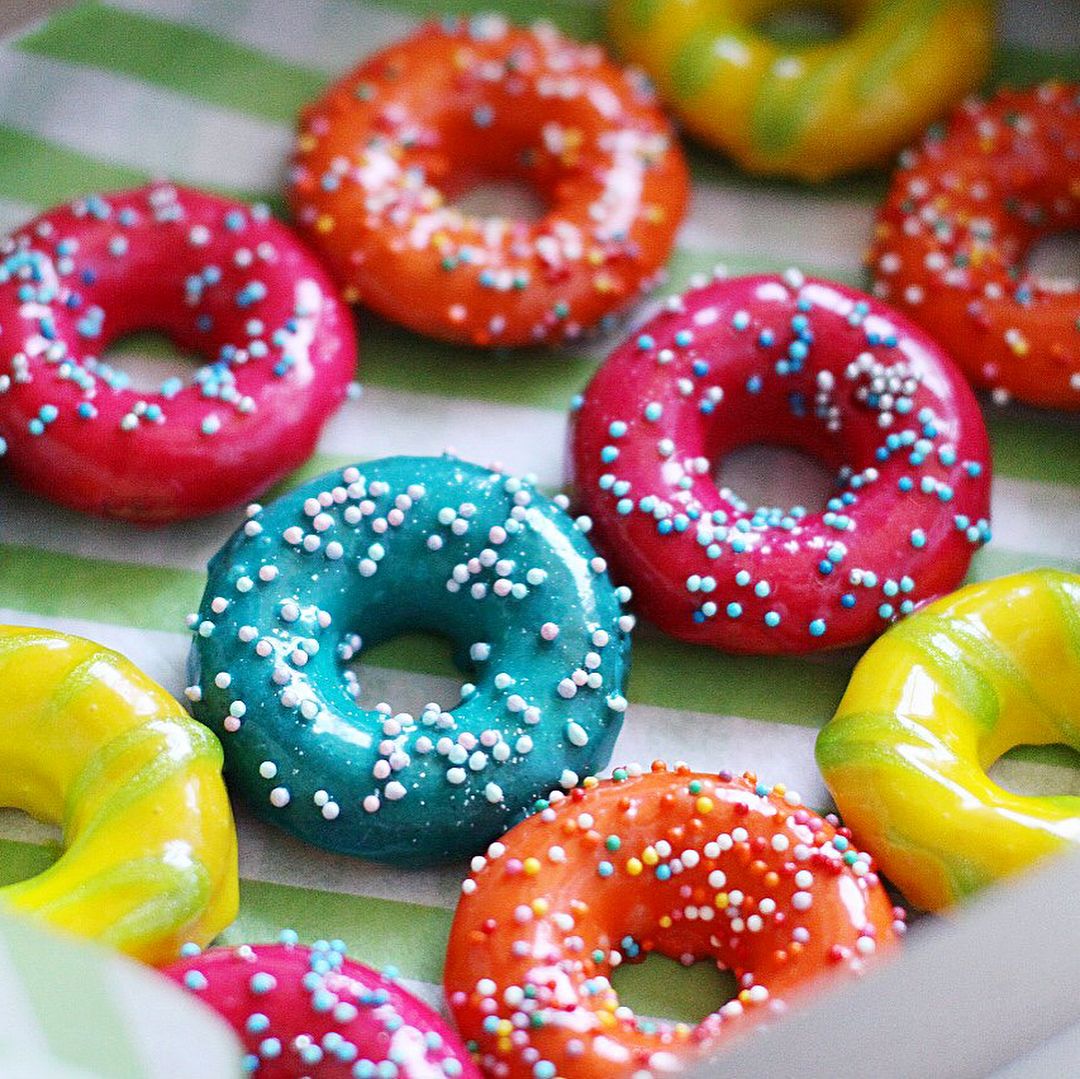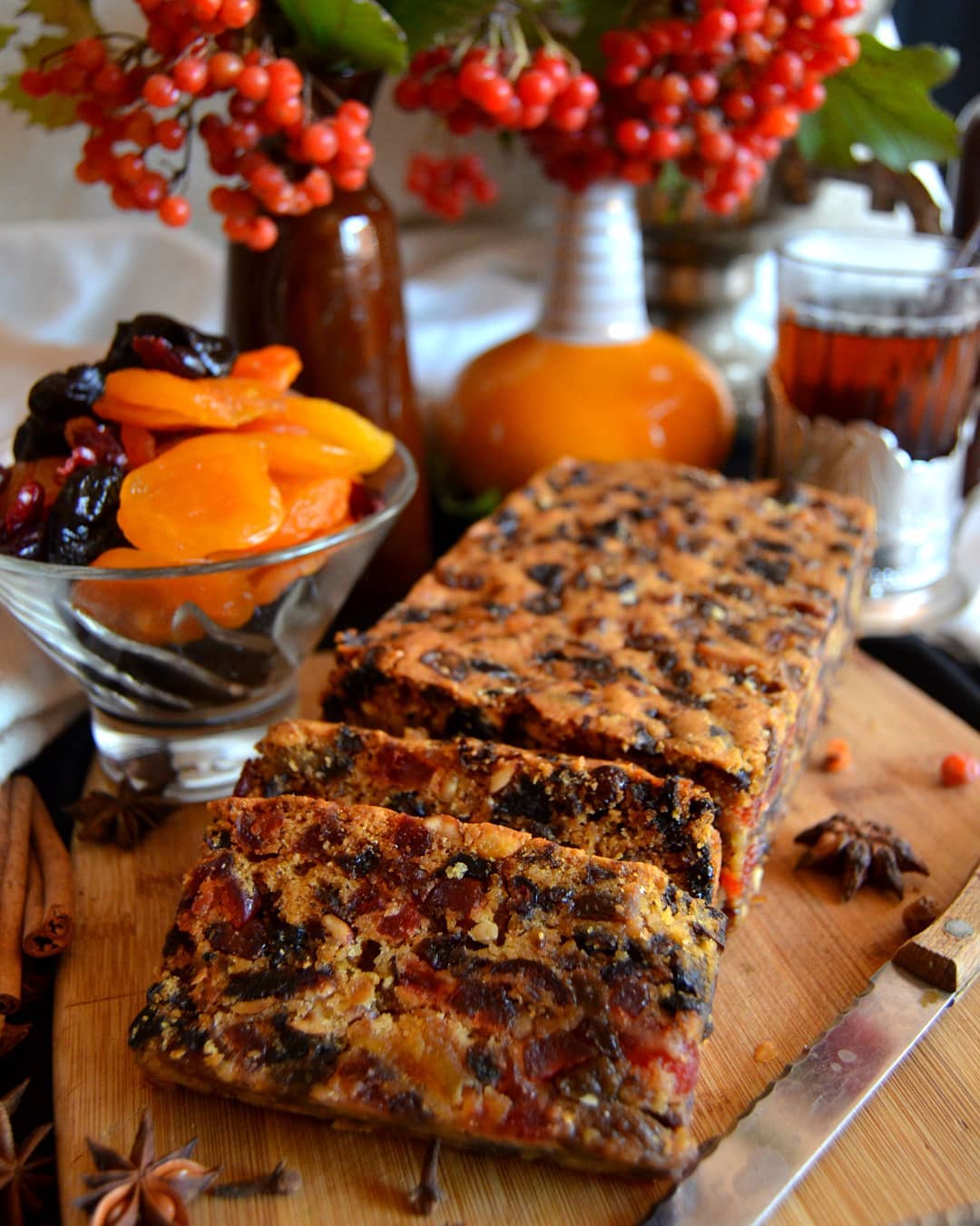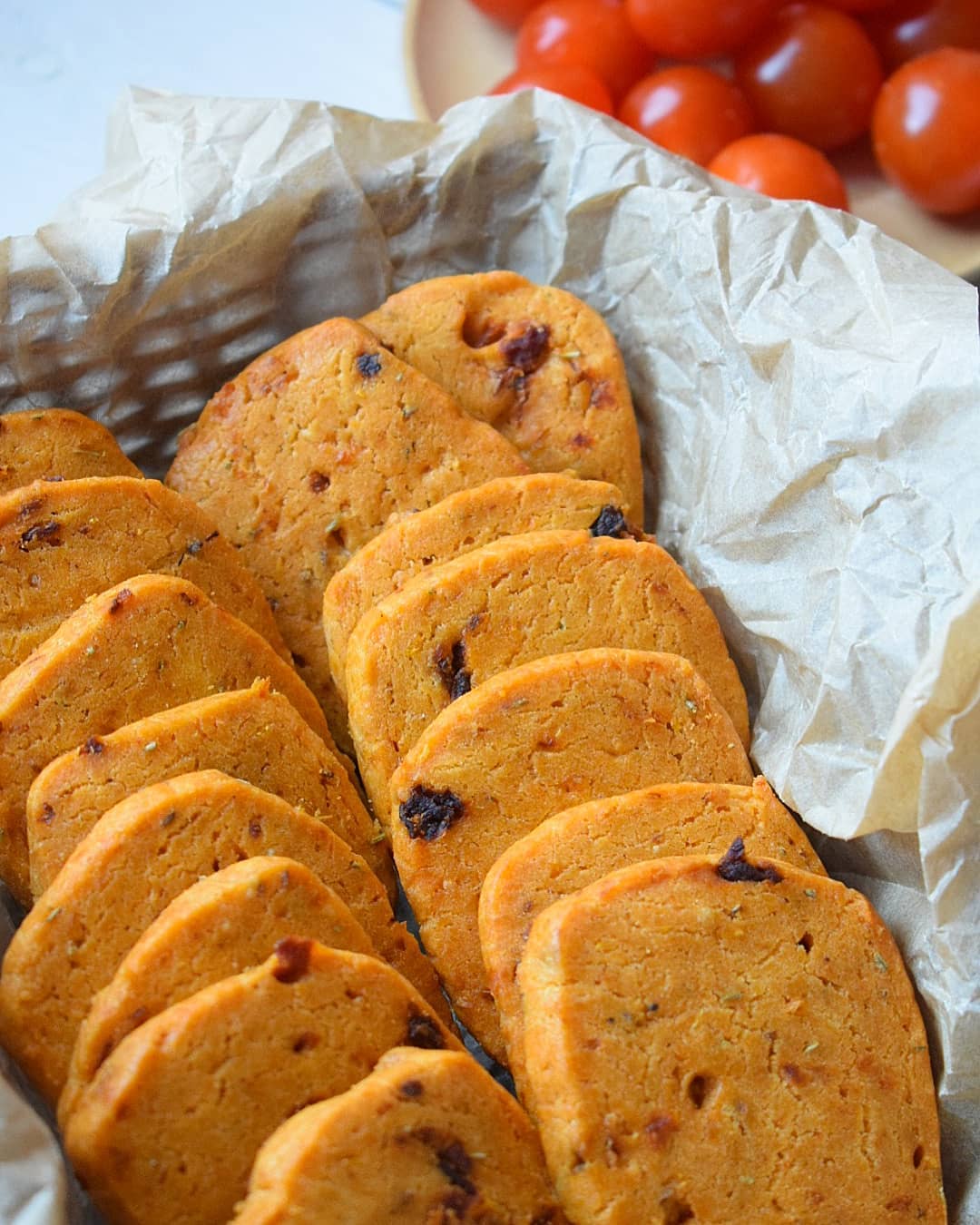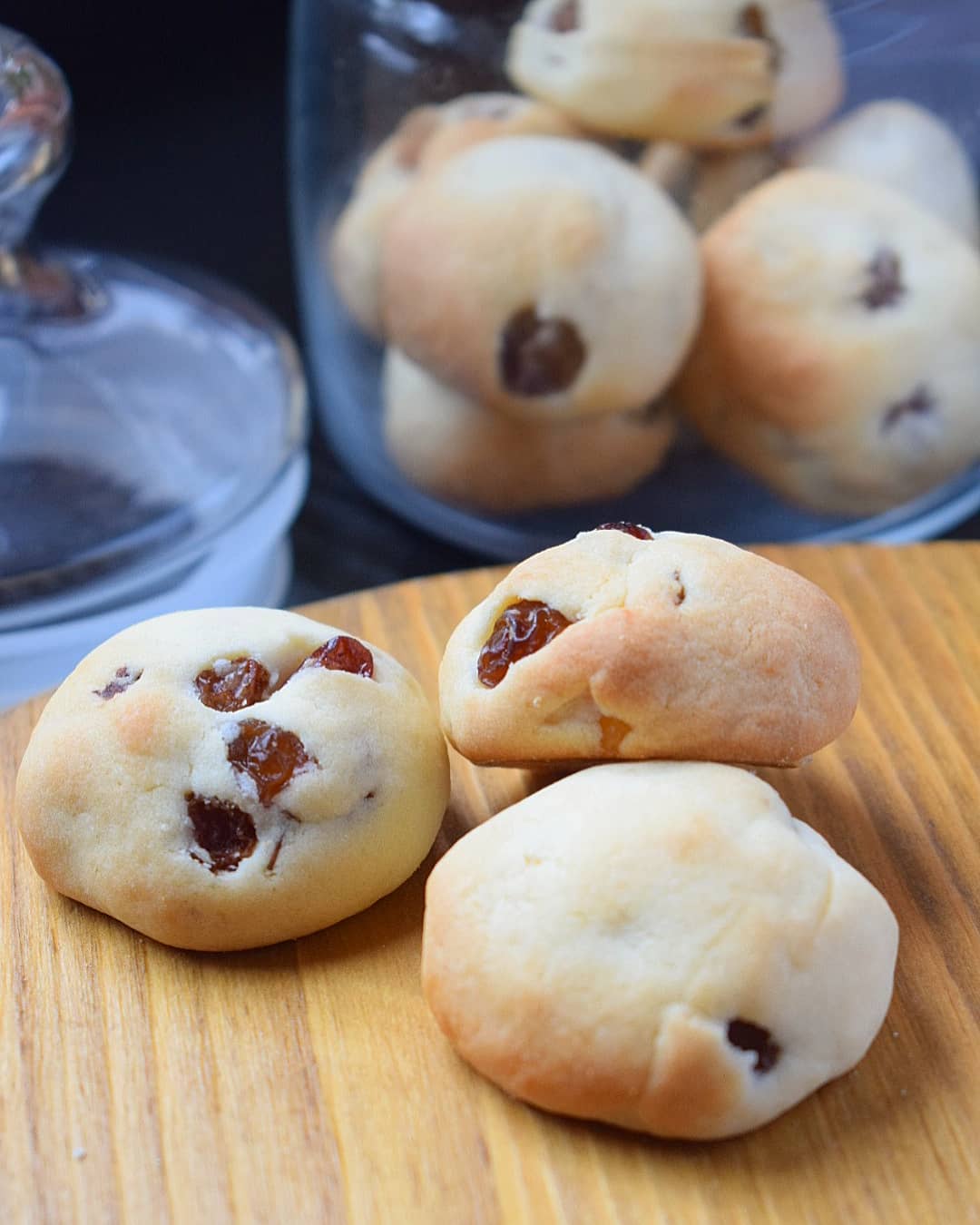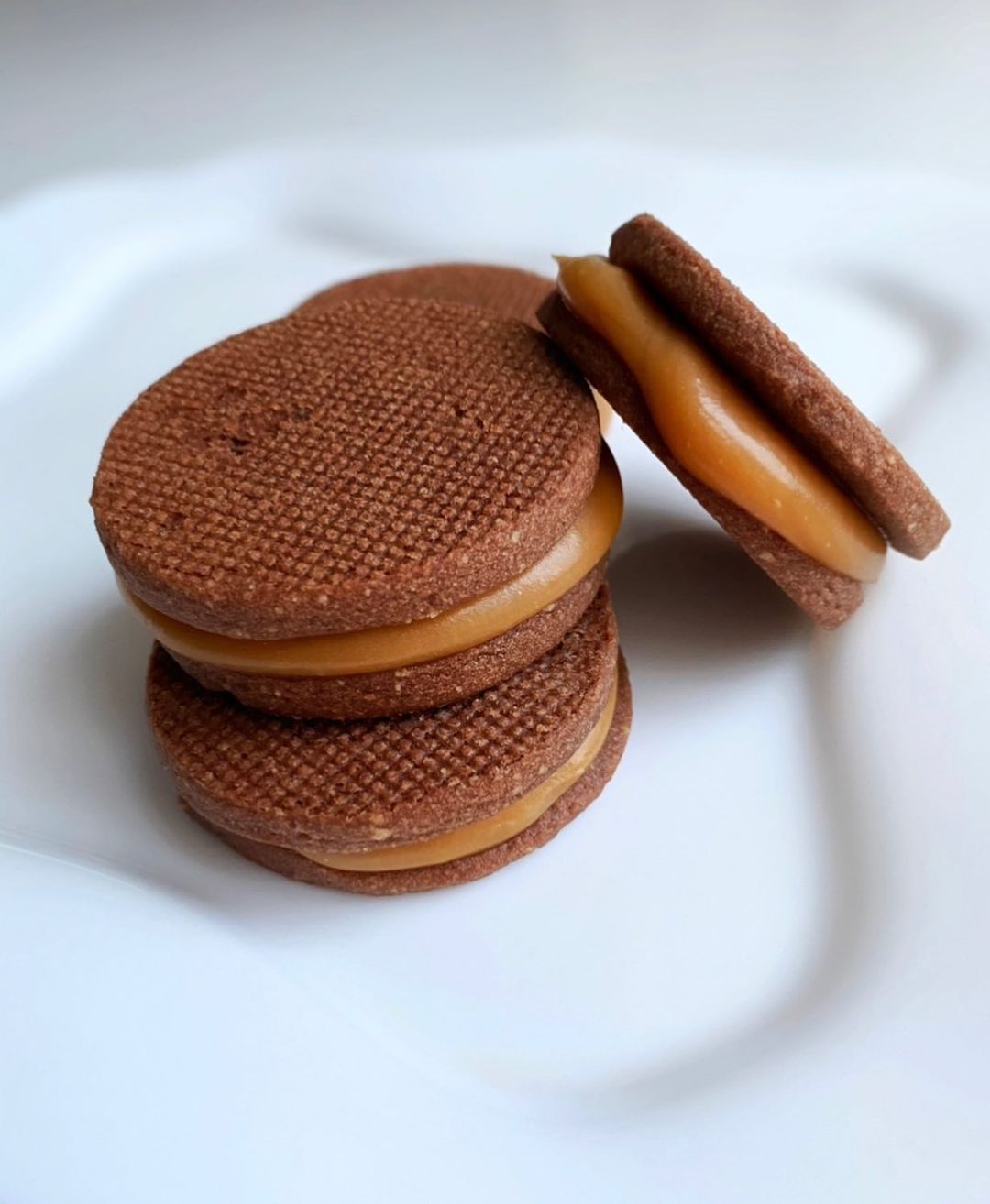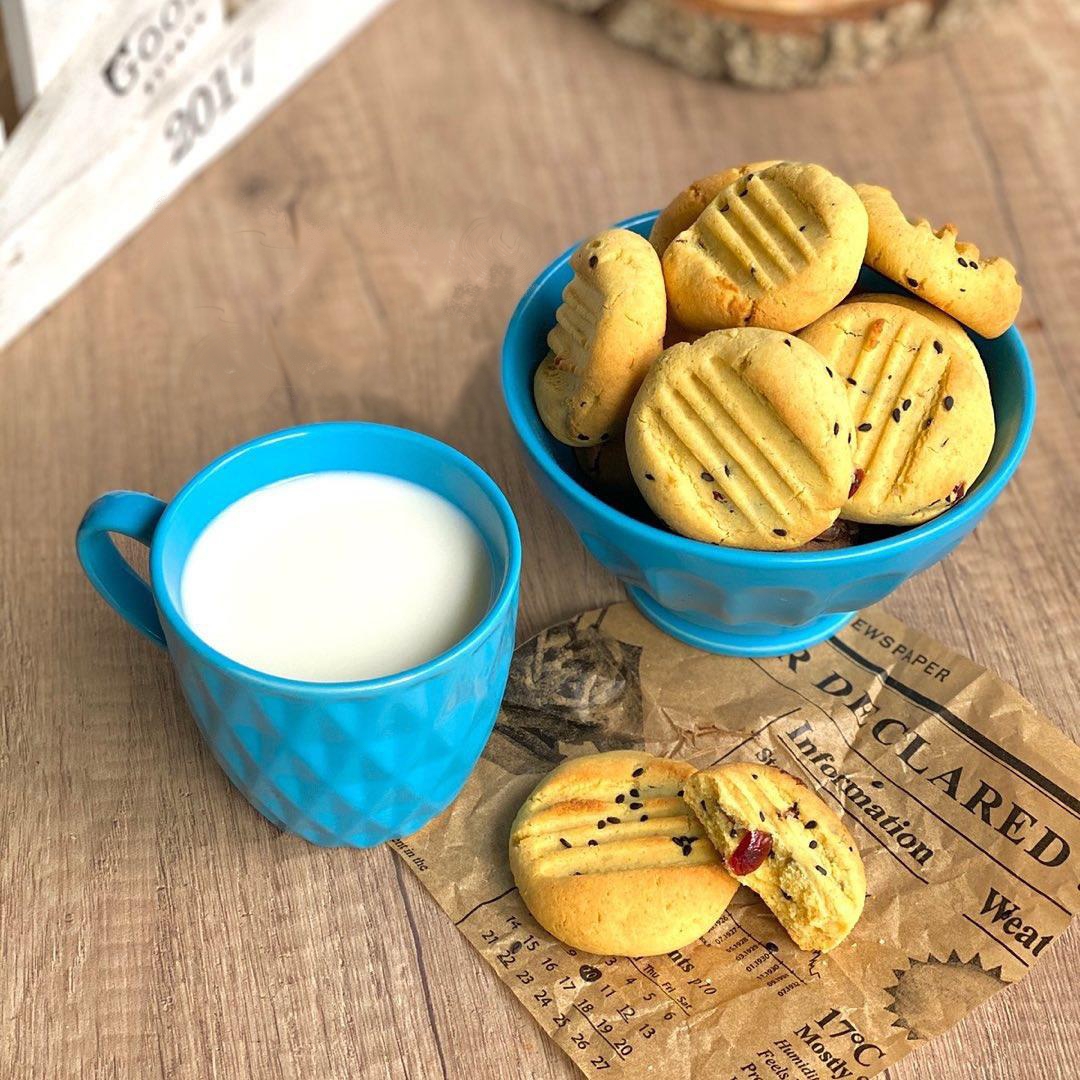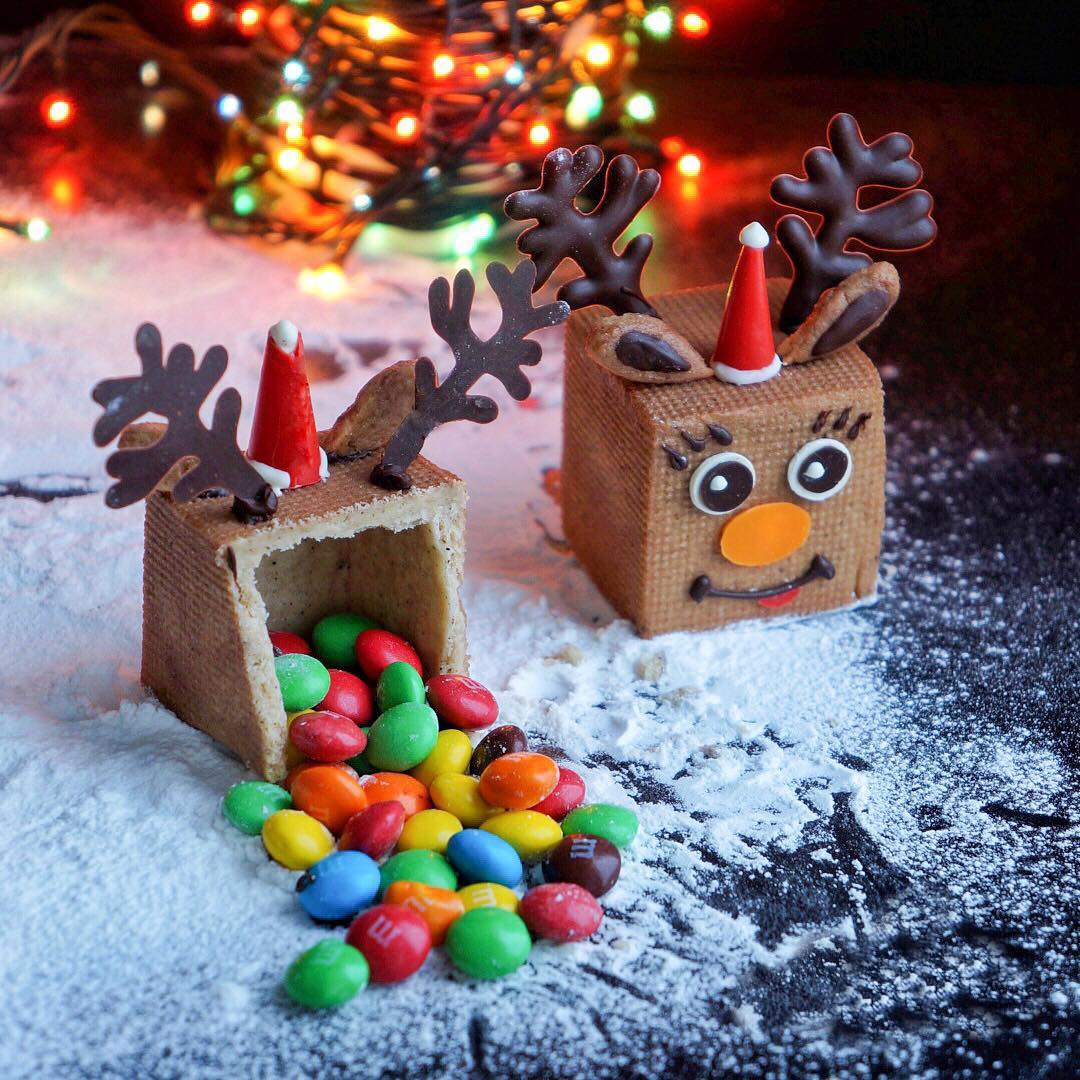Ingredients
The bagels
The filling
Additionally
Instructions
Step 1
Step 2
Step 3
Step 4
Step 5
Step 6
Step 7
Step 8
Servings
Equipment
Choose a large enough bowl to comfortably mix all ingredients without spilling. Tip: Use a non-slip base to keep it steady.
A smooth, sturdy rolling pin will help in achieving perfect circles for your dough. Hint: Dust it lightly with flour to prevent sticking.
A good-quality, non-stick baking sheet ensures even cooking. Tip: Parchment paper can be your best friend here for an easy clean-up!
This handy tool is key for greasing the top of your bagels with the milk and egg yolk mixture. Hint: Silicone brushes are easy to clean and maintain.
Variations
Faq
- How do I know when my bagels are done baking?
You'll know your bagels are done when they turn a beautiful golden brown and have a firm, not doughy, texture. Check around the 18-minute mark to be safe.
- Can I freeze the dough for later use?
Absolutely! After forming the dough balls, place them on a baking sheet lined with parchment paper, freeze until solid, then transfer to a freezer-safe bag. Thaw before using.
- Why is my dough sticky when I try to roll it out?
Sticky dough can be a sign of too much moisture. Try incorporating a bit more flour, a tablespoon at a time, until it's easier to manage.
- How can I make my bagels fluffier?
Fluffy bagels result from not overworking your dough. Mix just until combined and let it rest properly before forming and baking.
- Can I use whole wheat flour instead of all-purpose flour?
Yes, but keep in mind that whole wheat flour absorbs more liquid and may yield a denser texture. You might need to adjust the moisture by adding a bit more sour cream or butter.
- How can I add different flavors to the bagel dough?
You can mix in herbs, spices, or zest of citrus fruits directly into the dough before baking. Be creative with flavors like rosemary, garlic, or orange zest!



